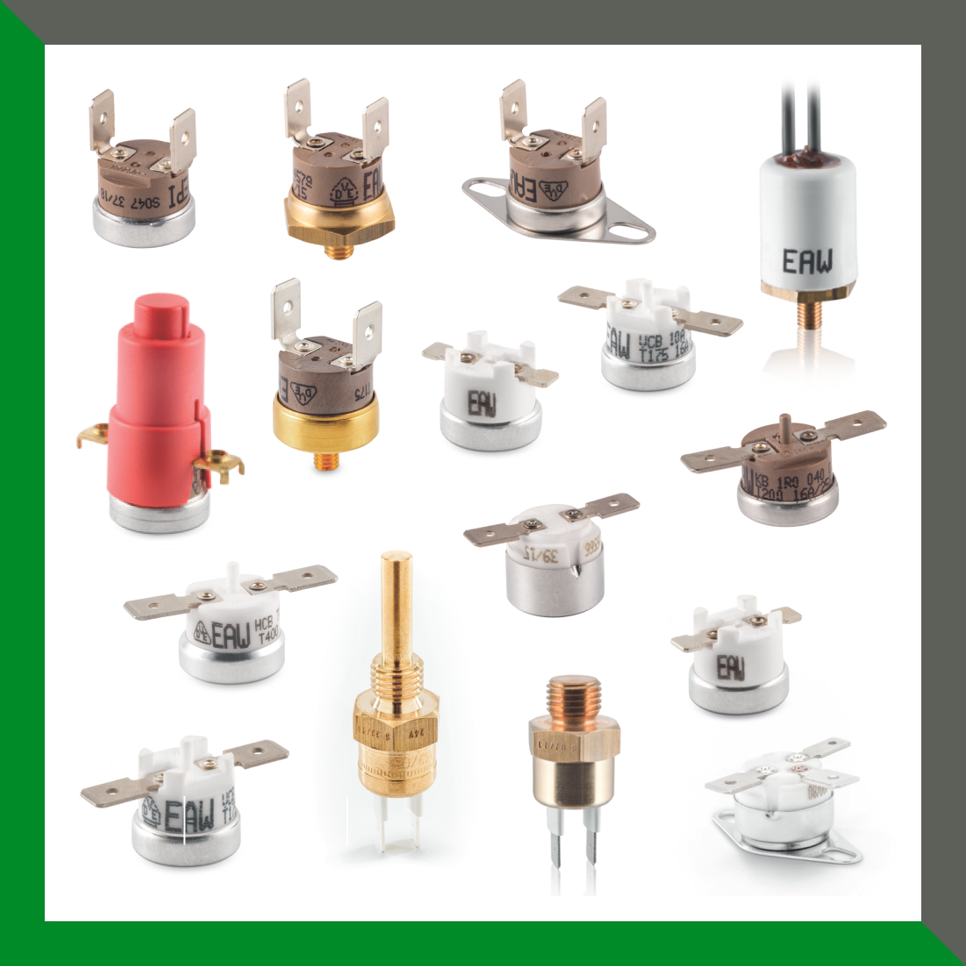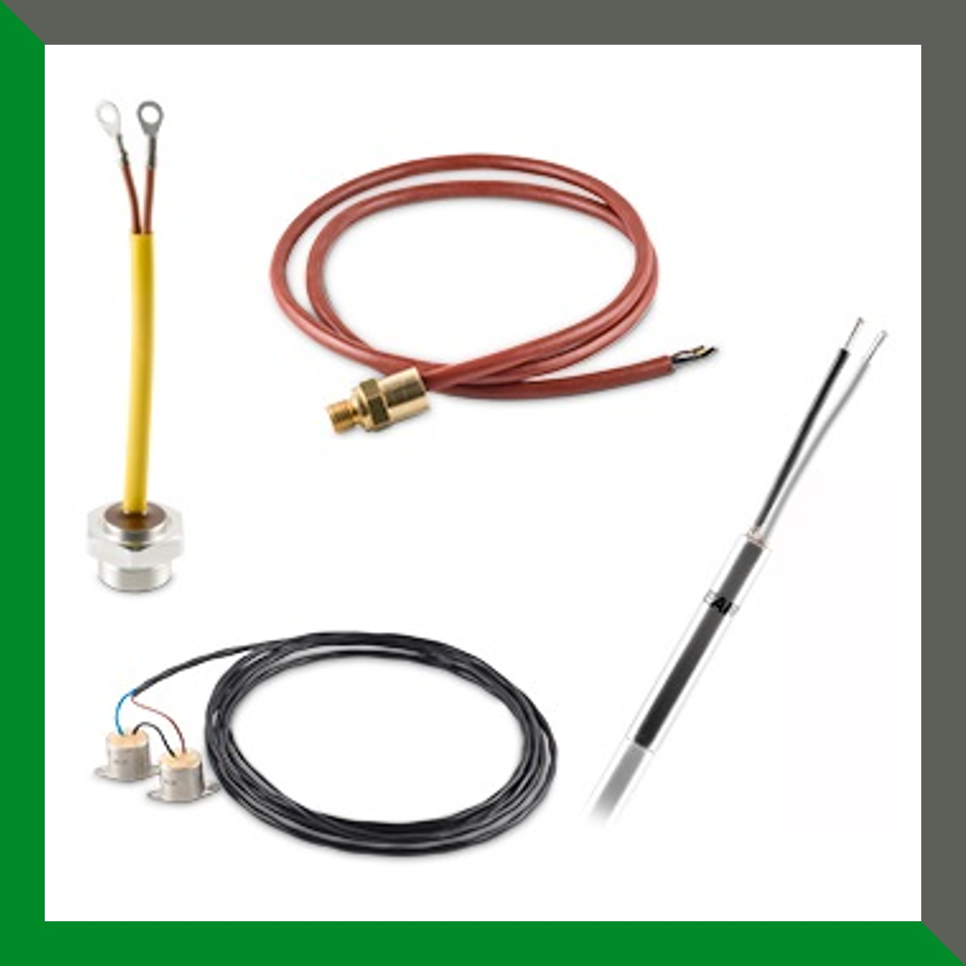Thermal switches are used for monitoring / controlling temperature without being connected to an electricity supply. Not only are they small and powerful up to 16 A, but they are also suitable for various range of uses and areas of application. Special models are also available on request for specific applications.
By using a normally closed relay, the circuit is broken upon reaching a defined temperature threshold or temperature that is too low within a predefined temperature range.
By using a normally open relay, the circuit is connected upon reaching a defined temperature threshold or temperature that is too low within a predefined temperature range.
Thermal switch changeovers are used to switch the circuits upon reaching a temperature that is too high or too low within a predefined temperature range. This type of thermal switch can typically be found as a form of ventilation control in fan ovens.
By using a thermal switch latcher, the circuit is broken upon reaching a defined temperature threshold or a temperature that is too low within a predefined temperature range. Thermal switch latchers prevent automatic resetting using a high-value resistance in parallel to the contact system. The circuit is closed only after disconnecting the voltage and a short cooling-off phase.
Thermal switch limiters are used to open the circuit upon reaching a defined temperature threshold or temperature that is too low within a predetermined temperature range. They are not subject to automatic resetting because they are ready to be used again only following a manual resetting.
Thermal two-pole switch limiter type C2B is an innovative 2-point temperature controller switch with a long service life. It opens and closes its two bimetal-based contact systems synchronously as the temperature rises at the preset setpoint. After the thermal switch has cooled down, its contact systems can be manually reset to the original state. This thermal switch can be used perfectly for any application that requires a two-pole switch-off, making the variety of its applications nearly unlimited.



